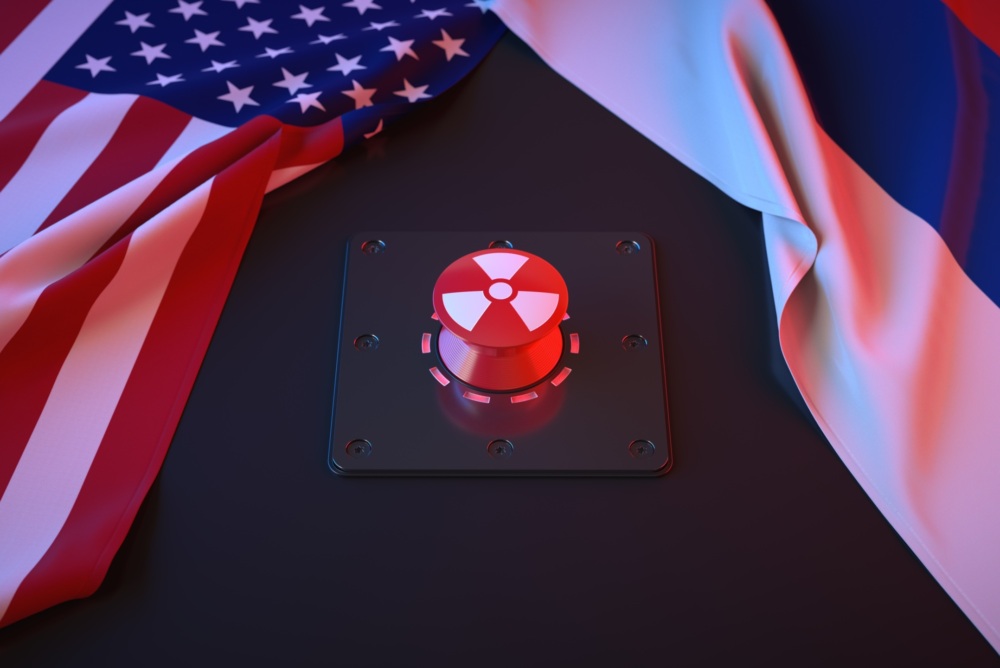
Erin Dumbacher
Senior Program Officer, Scientific and Technical Affairs
Executive Summary
For decades, illicit trade in nuclear materials, equipment, and technologies has undermined global nuclear non-proliferation efforts. Sophisticated actors establish front companies, forge documents, and launder money to obscure proliferation activities, and are too often able to evade detection—even as they operate within legal systems of trade, finance, transportation, and communication.
They do leave footprints, however, and now, with an increase in the volume and variety of publicly available data, there are new opportunities to discover and expose such activities. When applied to the right forms of publicly available information (PAI), emerging data science methods and advanced analytical tools can expose proliferation activities, and they should be used to serve the global non-proliferation mission to reduce the risk of catastrophic consequences from use of a nuclear weapon.
Over two years, the Nuclear Threat Initiative (NTI) and the Center for Advanced Defense Studies (C4ADS) worked together on a pilot project to demonstrate the viability of using PAI and machine learning to detect high-risk and/or illicit nuclear trade. The initiative leveraged NTI’s nuclear expertise and C4ADS’s data management, engineering, and analysis capabilities to identify high-risk nuclear proliferation activities at scale.
The project succeeded. Trade network analysis—and the machine learning processes that supported it—uncovered previously unknown entities of elevated risk within millions of transactions. The work showed that automated data preparation could save hundreds of analyst hours and help identify twice as many potentially high-risk entities as previous manual efforts. In addition, when applied to a baseline study of more than four million records, machine learning techniques could identify 50 new leads for further review. During the two-year study, at least ten entities identified through these approaches were added to a U.S. government export control list, demonstrating that novel analytic approaches to PAI can produce law enforcement-relevant insights.
The NTI-C4ADS pilot project yielded several key findings:
The project recommends that leaders of non-proliferation efforts in governments and multilateral organizations around the world ensure that PAI and modern analytical approaches are employed to monitor and ultimately disrupt illicit nuclear activities. Specifically, our recommendations include the following:
Taken together, these steps can support analytic production with the quality, scale, and timeliness required for an operational monitoring capability. Indeed, in the future, it may be impossible for a proliferator to evade detection.
Sign up for our newsletter to get the latest on nuclear and biological threats.
New paper explores the possible applications of AI to nuclear-weapons systems and assesses the benefits, risks, and strategic stability implications.
This paper highlights the need for renewed attention to the catastrophic effects of nuclear conflict as a crucial step toward reducing the risk of nuclear use.
There is a critical need for a global diplomatic approach to address growing cyber risks, including, where possible, through cooperation between the United States and Russia.



